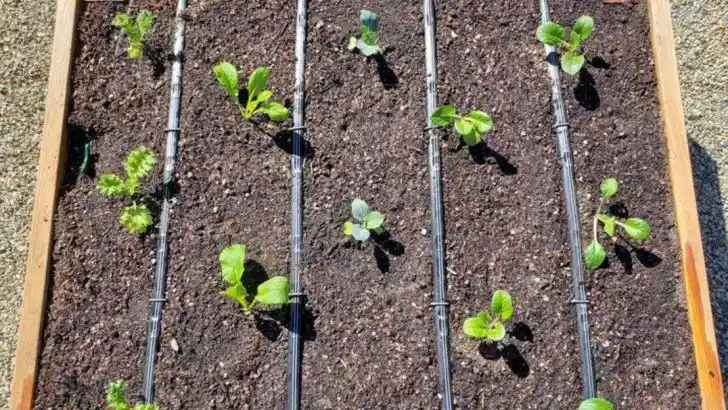Memorial Day isn’t just the unofficial start of summer — it’s also a critical checkpoint for your garden. By late May, temperatures are rising, plants are accelerating their growth, and timing becomes everything if you want a thriving, productive space through the hottest months.
In this article, we’ll walk you through 18 essential garden tasks to complete before Memorial Day. From planting heat-loving crops to tackling pests and pruning, these steps will help set up your garden for success all summer long — and save you work (and regrets) later on.
Don’t let the season get ahead of you — now is the time to prep, plant, and protect.
Soil Testing
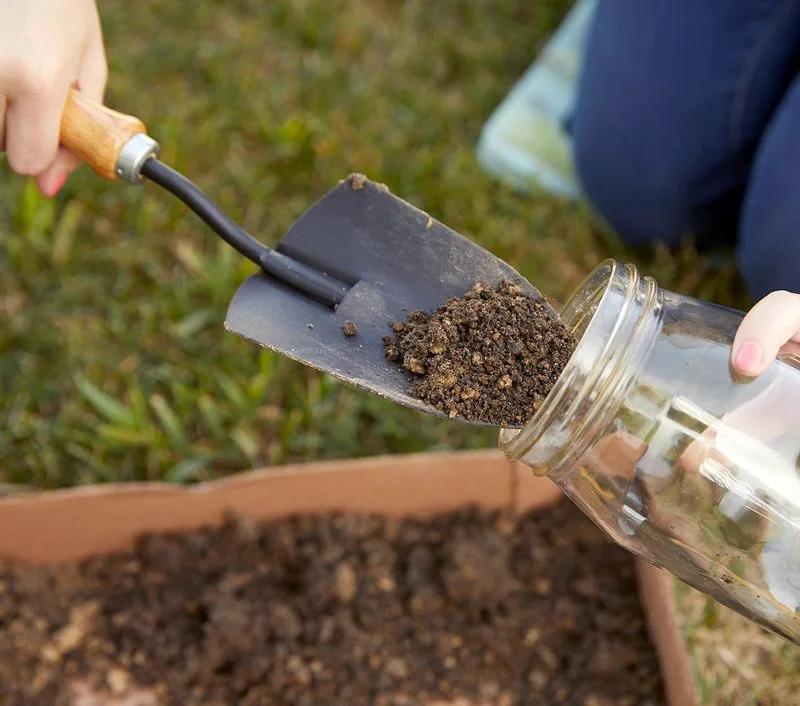
Understanding the pH level of your soil can significantly impact plant health. Grab a soil test kit from your local gardening store and follow the instructions to check nutrient levels. Balancing the soil’s acidity ensures plants receive the optimal nutrients they need.
Adjust soil conditions with lime to increase pH or sulfur to decrease it, based on your findings. Knowing your soil’s needs allows you to select suitable plants, ensuring lush growth.
A well-balanced soil is the foundation of a thriving garden. Invest time in testing, and your plants will thank you with robust blooms.
Composting
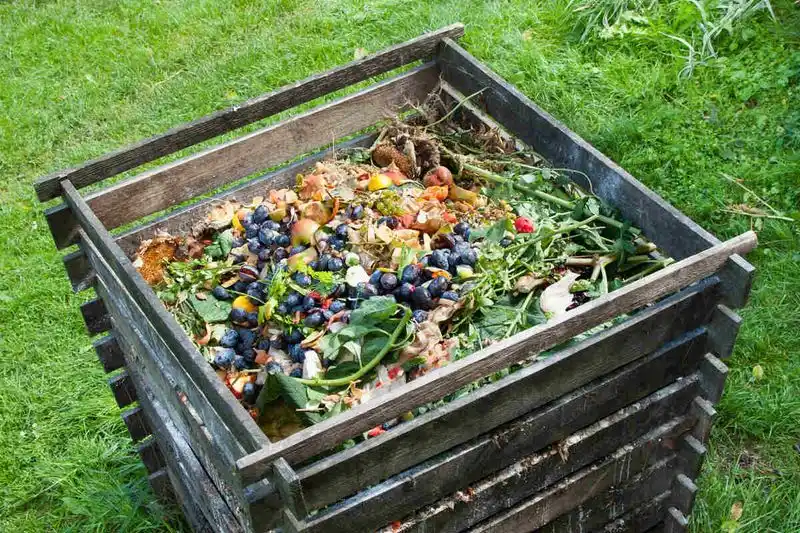
Transform kitchen scraps into nutrient-rich compost that your garden will love. Start by collecting fruit peels, coffee grounds, and eggshells. Layer these with grass clippings and dry leaves to create a balanced compost pile.
Turn the pile weekly to speed up decomposition and avoid foul odors. By Memorial Day, your compost should be ready to enrich garden beds, boosting plant health naturally.
Not only does composting reduce waste, but it also provides an environmentally friendly way to nourish your plants. It’s a win-win for your garden and the planet.
Pruning Shrubs
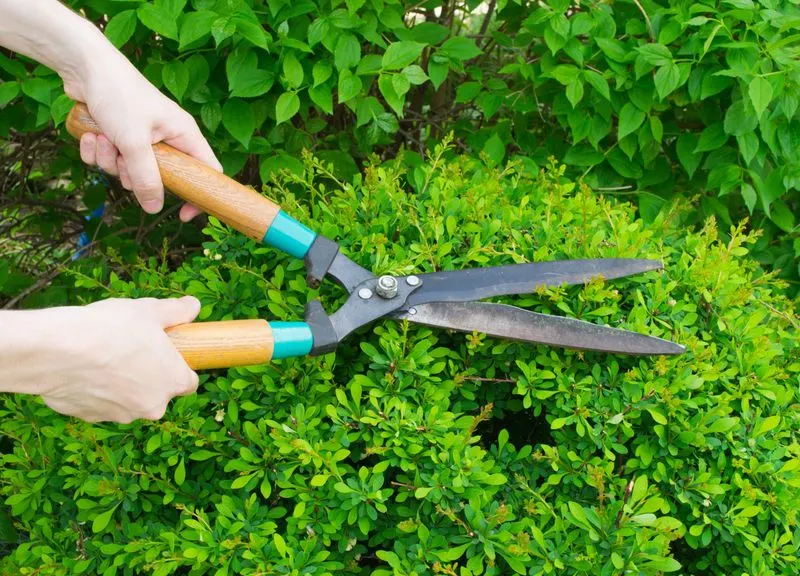
Pruning shrubs encourages new growth and maintains plant shape. Focus on removing dead or diseased branches first, as these can harbor pests and diseases.
After the initial clean-up, trim back overgrown branches to maintain a tidy appearance. Pruning should be done with sharp, sanitized tools to prevent plant damage.
Regular pruning ensures your shrubs are healthy and lush, creating a pleasing aesthetic in your garden. Remember, different plants have specific pruning needs, so research accordingly to keep them in top condition.
Weeding
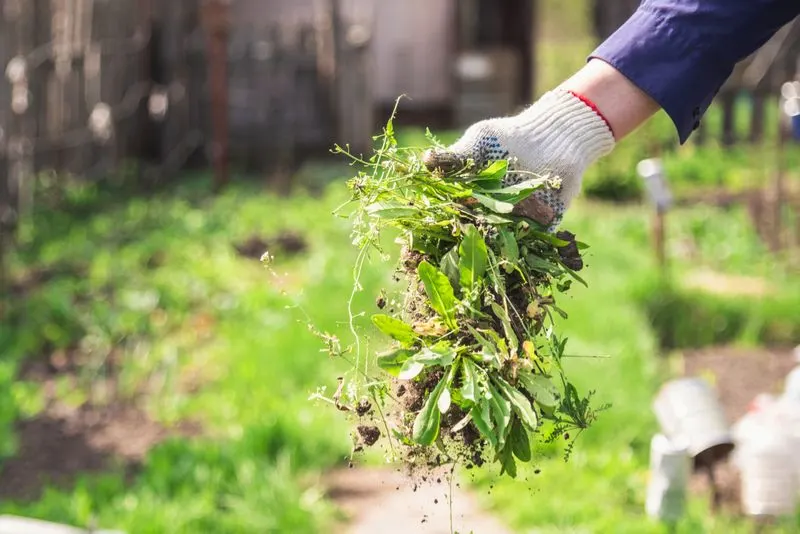
Weeds compete with your plants for nutrients, sunlight, and water, so it’s crucial to keep them in check. Spend some time pulling out weeds from the root to prevent regrowth.
Mulching around plants can suppress future weed growth and retain soil moisture. Regular weeding sessions ensure your garden remains healthy and tidy.
Consider using organic herbicides for stubborn weeds, ensuring they don’t harm your beloved plants. Consistent weeding is key to a flourishing garden, so don’t let these garden invaders gain the upper hand.
Planting Summer Annuals
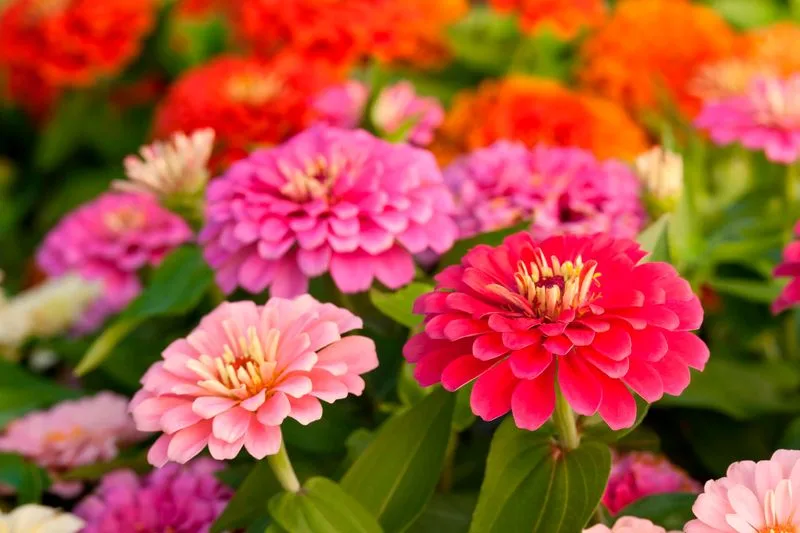
Brighten your garden with the vibrant hues of summer annuals. Choose from an array of flowers like marigolds, petunias, and zinnias, which thrive in warm weather conditions.
Prepare the soil by loosening it and adding compost to enhance fertility. Planting in groups of odd numbers creates a natural look, making your flower beds more appealing.
Water them thoroughly after planting and maintain a consistent watering schedule. With the right care, these annuals will bloom beautifully, adding a splash of color to your outdoor space throughout the summer.
Fertilizing
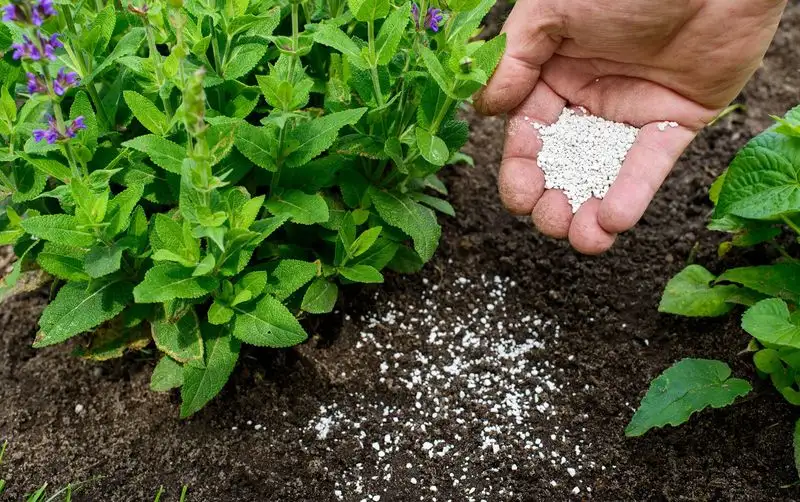
Fertilizing is essential for providing plants with the nutrients they need to grow strong and healthy. Choose a fertilizer that matches the specific needs of your garden—be it organic, slow-release, or liquid.
Apply it according to the package instructions to avoid over-fertilization, which can harm plants. Fertilizers should complement your soil’s natural nutrients, not overwhelm them.
Regular feeding schedules ensure your garden is lush and productive, producing bountiful blooms and harvests. Keep track of what works best for your plants to ensure ongoing success.
Setting Up Irrigation
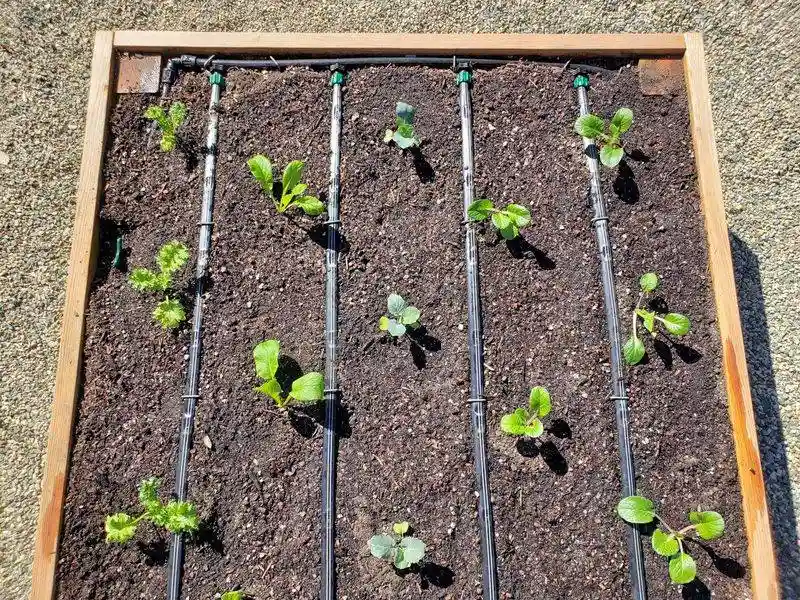
Efficient watering is crucial for garden health, especially during the warmer months. Setting up a drip irrigation system conserves water and delivers it directly to the roots where it’s needed most.
Plan the layout of your irrigation system carefully, ensuring all plants receive adequate coverage. This setup not only saves water but also reduces the time you spend watering by hand.
Automated irrigation systems can be a game-changer for busy gardeners. Investing in this setup means your garden stays hydrated without constant vigilance, allowing more time to enjoy its beauty.
Lawn Care
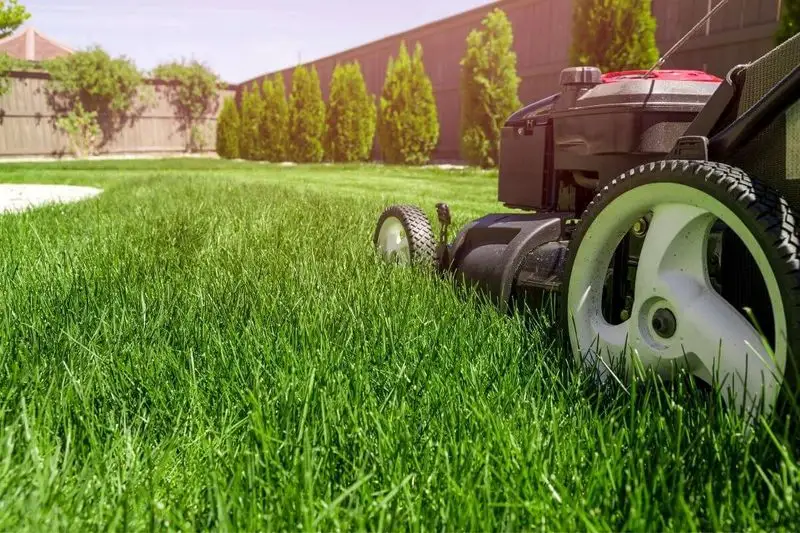
A lush lawn sets the stage for a beautiful garden scene. Start by mowing your lawn to the right height—too short can stress the grass, while too long makes it look untidy.
Rake up leaves and debris to allow sunlight to reach the grass. Consider aerating your lawn to improve water and nutrient absorption, especially in high-traffic areas.
Regular maintenance keeps your lawn healthy and attractive, providing the perfect backdrop for your garden. A well-cared-for lawn complements your efforts, offering a seamless transition from house to garden.
Pest Control

Safeguarding your garden from pests involves regular inspection and prompt action. Examine plants for signs of damage or insect presence, using organic repellents or beneficial insects to keep pests at bay.
Introduce ladybugs or lacewings to manage aphid populations naturally. Avoid chemical pesticides that can harm beneficial organisms and upset the ecosystem balance.
Healthy plants are less susceptible to pest invasions, so focus on maintaining plant vigor through proper care. A vigilant approach to pest control ensures that your garden remains a thriving haven.
Mulching
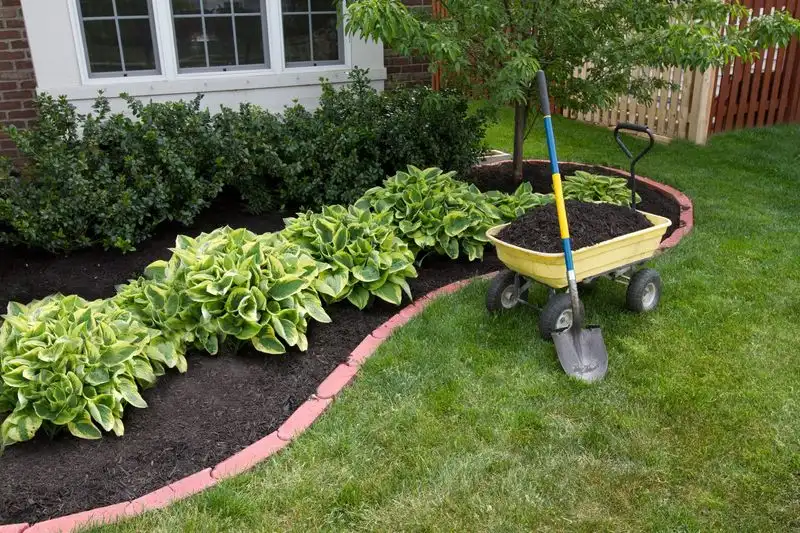
Mulching serves multiple purposes in garden maintenance. It conserves soil moisture, suppresses weeds, and adds organic matter as it breaks down.
Choose from a variety of mulching materials like bark chips, straw, or shredded leaves. Apply a thick layer around plants, being careful not to cover the base of stems.
Not only does mulch enhance garden aesthetics, but it also promotes healthier plants by improving soil quality. Consistent mulching keeps your garden looking neat while supporting its overall health.
Edging Garden Beds

Clean edges give your garden beds a polished look and define spaces clearly. Use a spade or edging tool to cut a sharp line between lawn and garden beds.
Maintaining these edges prevents grass from encroaching into flower beds and makes gardens more appealing. Regular trimming keeps everything looking tidy and well-maintained.
Taking the time to edge your beds offers immediate visual rewards, defining each garden section distinctively. It’s a small touch that makes a big impact on your garden’s overall appearance.
Starting Seeds Indoors
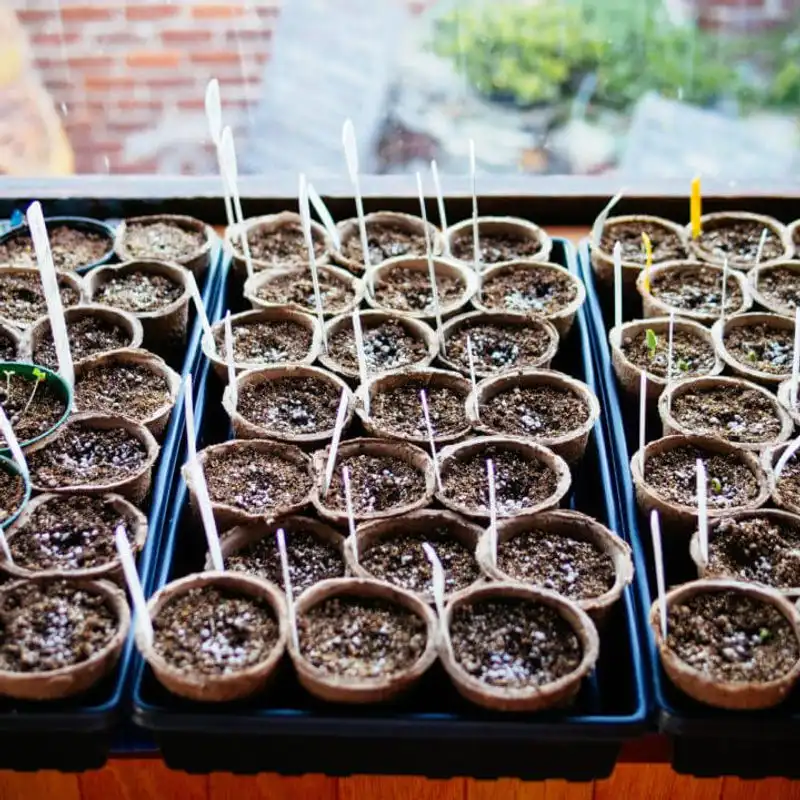
Get a head start on the growing season by starting seeds indoors. Use seed trays or small pots filled with seed-starting mix, placing them in a sunny window or under grow lights.
Monitor moisture levels carefully, ensuring seedlings don’t dry out. Once the danger of frost has passed, gradually acclimate them to outdoor conditions.
This method allows you to nurture plants before they’re transplanted outside, giving them a better chance to thrive. Early preparation means an earlier harvest and more time to enjoy your garden’s bounty.
Cleaning Garden Tools
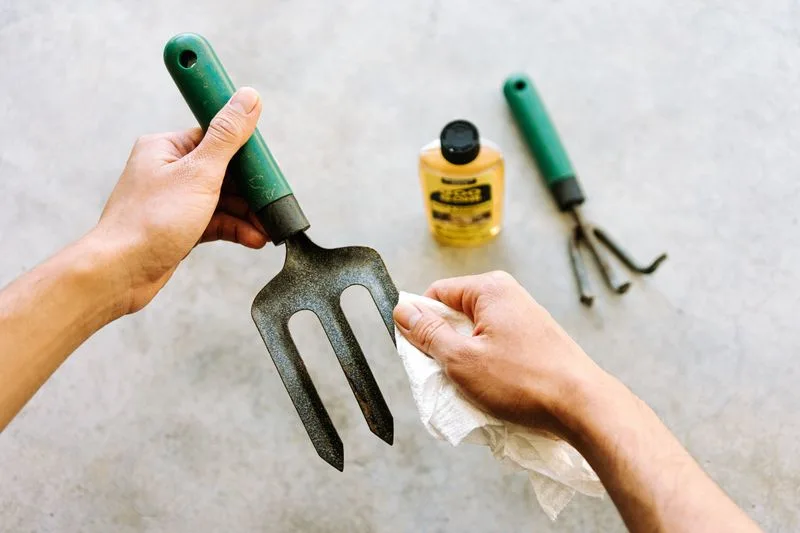
Well-maintained tools make gardening tasks more efficient and enjoyable. Take time to clean, sharpen, and oil your tools, ensuring they’re ready for the busy season ahead.
Remove any rust or dirt buildup, and replace any worn-out parts. Proper maintenance extends tool life, saving you money in the long run.
Clean tools not only work better but also prevent the spread of soil-borne diseases. A few moments spent on upkeep can enhance your gardening experience significantly.
Attracting Pollinators
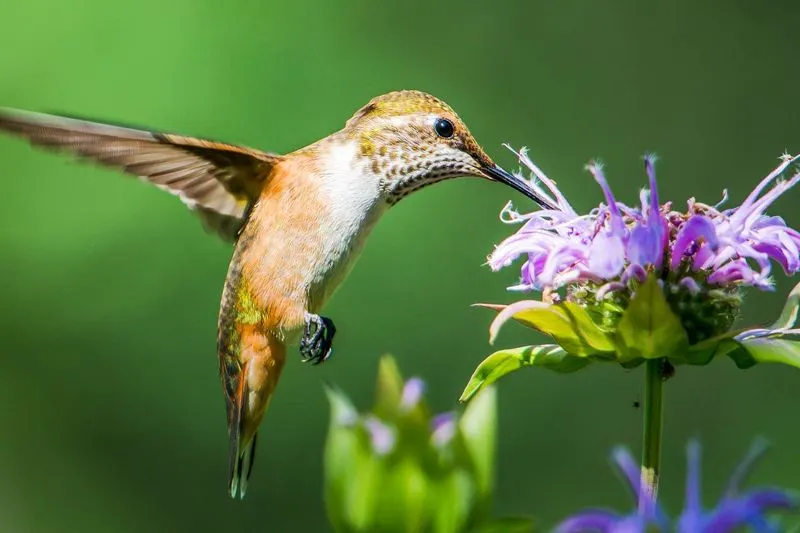
Encourage beneficial pollinators like bees and butterflies by planting a variety of nectar-rich flowers. Choose native species known to thrive in your local climate for the best results.
Incorporate plants that bloom at different times throughout the season, providing continuous food sources. Avoid pesticides that can harm these helpful creatures.
A pollinator-friendly garden not only supports biodiversity but also enhances plant productivity. Invite these vital visitors into your garden, and watch as they breathe life into your outdoor space.
Building Raised Beds

Raised beds offer myriad benefits, from improved drainage to easier access for planting and maintenance. Construct your beds using rot-resistant wood, ensuring a long-lasting structure.
Fill them with a high-quality soil mix, tailored to the plants you intend to grow. Raised beds warm up faster in spring, allowing for an extended growing season.
This gardening method can be particularly advantageous for those with poor soil conditions. Elevate your gardening game with raised beds, maximizing space and yield.
Checking for Frost Damage
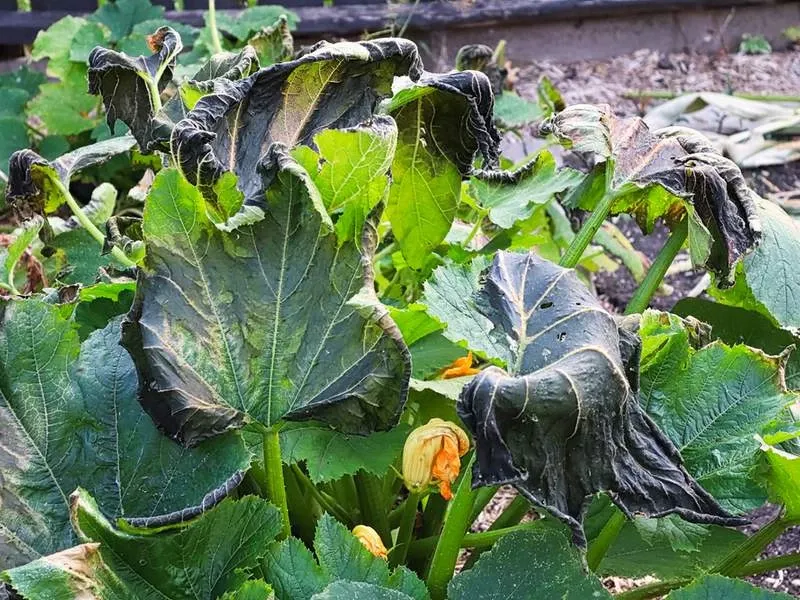
Spring frost can leave plants struggling as the weather warms. Inspect your garden for signs of frost damage, such as blackened leaves or wilted stems.
Prune away damaged areas to encourage healthy new growth. Consider using row covers or cloches during unexpected cold snaps to protect vulnerable plants.
Early detection and treatment of frost damage can make a significant difference in plant recovery, ensuring a flourishing garden as temperatures rise.
Herb Garden Setup

Herbs are a delightful addition to any garden, offering fresh flavors for culinary creations. Choose a sunny spot with well-draining soil to plant favorites like basil, mint, and rosemary.
Consider container gardening for herbs, allowing you to move them indoors if necessary. Regular pruning encourages bushier growth and prevents flowering, which can affect flavor.
Growing your own herbs means having fresh seasonings at your fingertips, enhancing both your garden and meals. It’s a practical and rewarding gardening venture.
Installing Garden Lighting

Extend your garden enjoyment into the evening with well-placed lighting. Solar-powered path lights are an eco-friendly option, adding ambiance and safety to your outdoor areas.
Focus on illuminating walkways, garden features, and seating areas for a cohesive look. Low-voltage LED lights are also a great choice for energy efficiency.
Thoughtful lighting design transforms your garden into a magical space, perfect for relaxing or entertaining after dark. It’s the perfect final touch for a welcoming garden.

